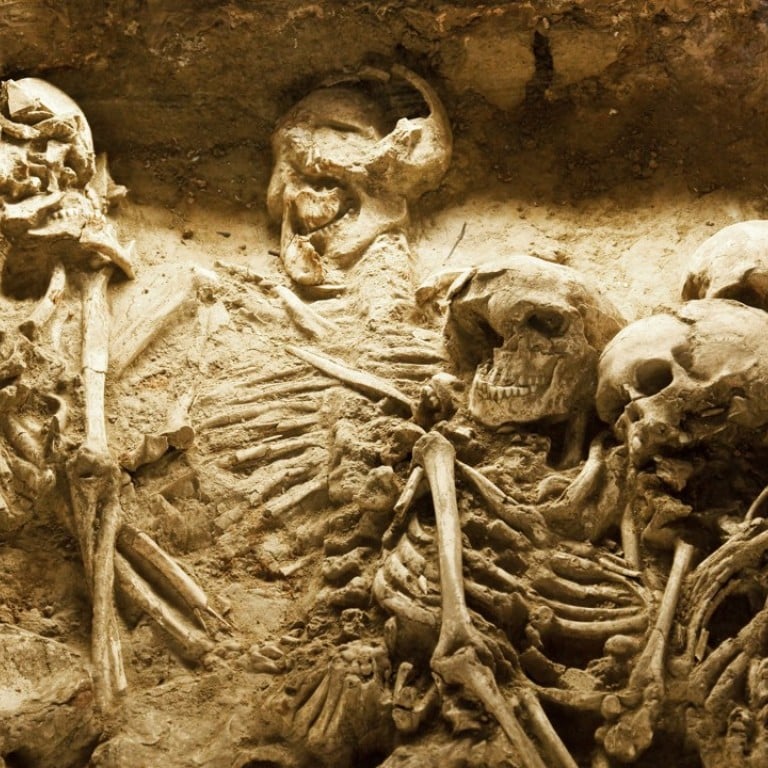
How China’s history of human sacrifice led to Ching Ming Festival’s paper offerings
Health concerns aside, burning joss paper to honour the dead is much better than what came before - commoners were buried with domesticated animals while the upper classes were entombed with the bodies of their wives, concubines and slaves
My voice is raspy and my throat feels like sandpaper. My eyes are red and puffy, and I can’t smell or taste anything because my nose is blocked. While I concede that my nasal passages are somewhat sensitive, the acrid smoke from the mass incineration of joss paper for Ching Ming Festival, or grave-sweeping day, cannot be good for anybody’s health.
I have never understood why people feel the need to burn stacks of paper offerings for dead relatives, spirits and deities. With global warming and climate change, do we really want to release more carbon dioxide into the air? Are we condoning the pollution of our skies in the name of “tradition”?
As ritual offerings go, though, Ching Ming Festival has nothing on what came before.
During the Shang dynasty (1600-1046BC), sacrifices for the dead were exactly that. Commoners were buried with domesticated animals such as pigs and dogs, while the upper classes were entombed with the bodies of their wives, concubines, bodyguards, servants and slaves, all of whom had been killed to follow their master to the other world.
When Duke Mu of Qin died in 621BC, 177 people were buried alive with him
Hundreds of human skeletons, many of them decapitated, have been unearthed in the tombs of Shang kings. Humans were also sacrificed to appease the gods and spirits, with decapitation and burning the most common methods, but the men, women and children who were offered to the gods could also be cut into pieces, bled to death or buried alive.

Human sacrifice continued during the subsequent Zhou dynasty (1046-256BC), with offerings made to mark important events like the beginning of a military campaign or as part of rulers’ funerary rituals. For example, when Duke Mu of Qin died in 621BC, 177 people were buried alive with him.
The practice of human sacrifice in China was not exclusive to the earliest dynasties. Although human beings and animals were replaced by clay and, later, paper effigies in the millennium-and-a-half between the Han and Song periods (206BC-AD1279), widows continued to be killed or kill themselves to be buried with their dead husbands.
Non-Han Chinese peoples living at the edges of the Chinese empire, such as the Khitans, Mongols and Manchus, who practised human sacrifice, reintroduced the custom when they conquered parts of China.
The Han Chinese imperial family of the Ming dynasty (1368-1644) had a predilection for forcing widowed wives and concubines to kill themselves and be buried with their husbands. It was only in 1673, when Emperor Kangxi of the Qing dynasty issued a decree banning the practice, that the gruesome tradition was finally put to rest.
Today, the idea of killing and burying people to accompany a dead emperor in his tomb is unthinkable. Certainly, this is one tradition we’re all glad to see the back of. Therefore, it stands to reason that there are current customs we can put a stop to.
One day, our descendants may even thank us for it.

